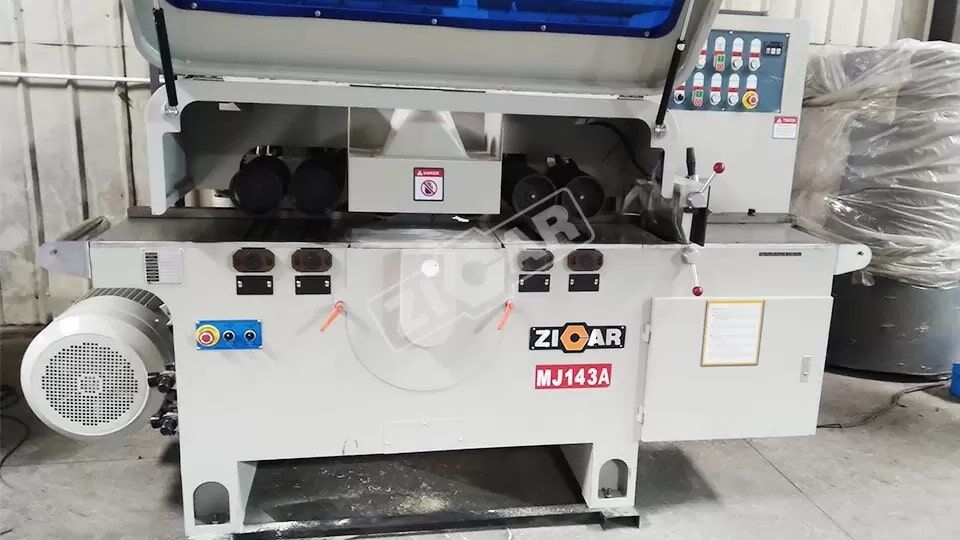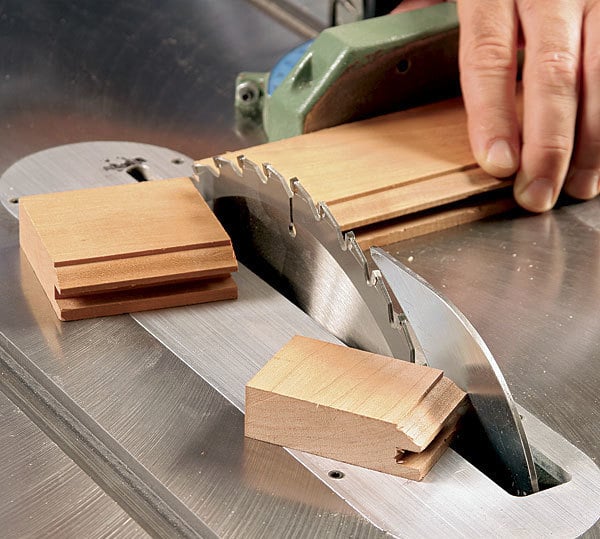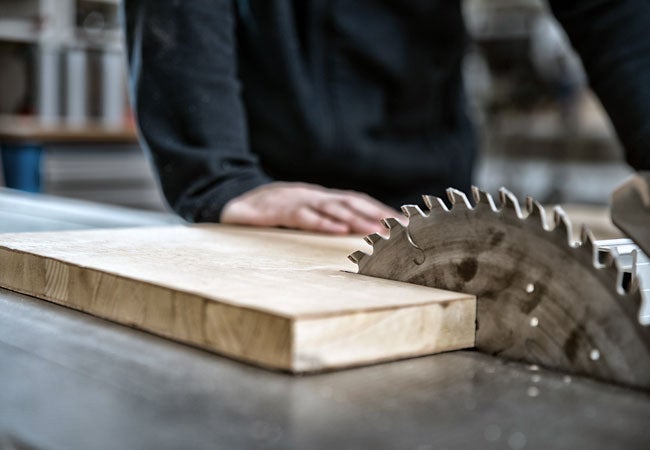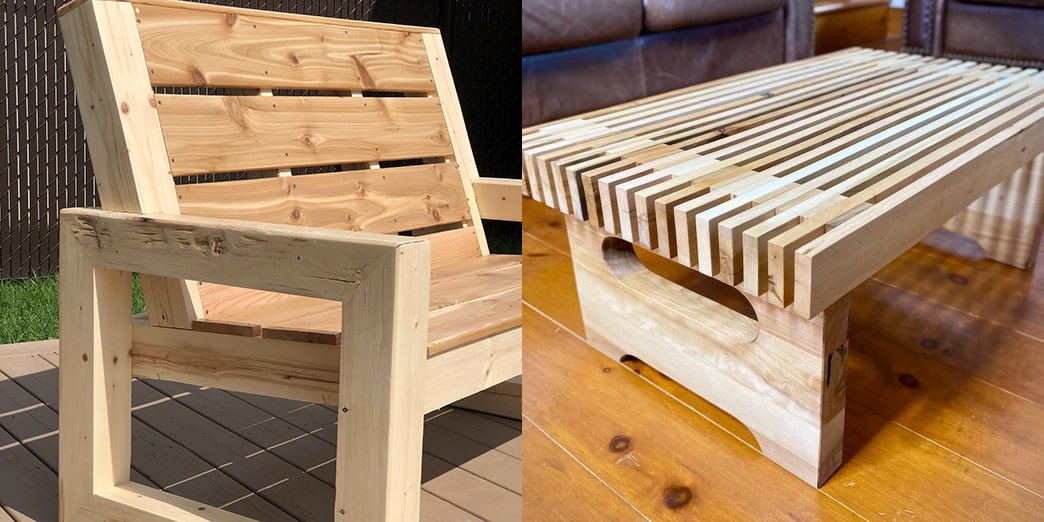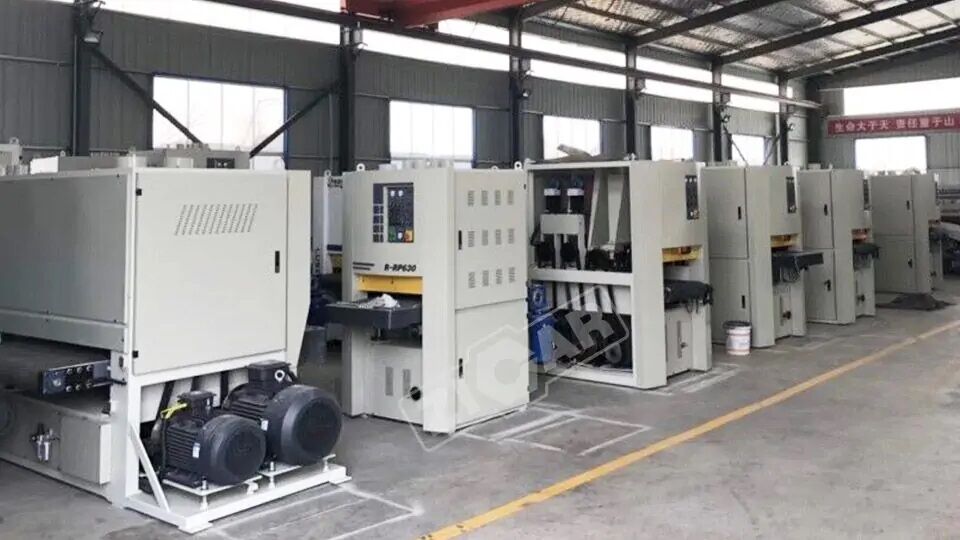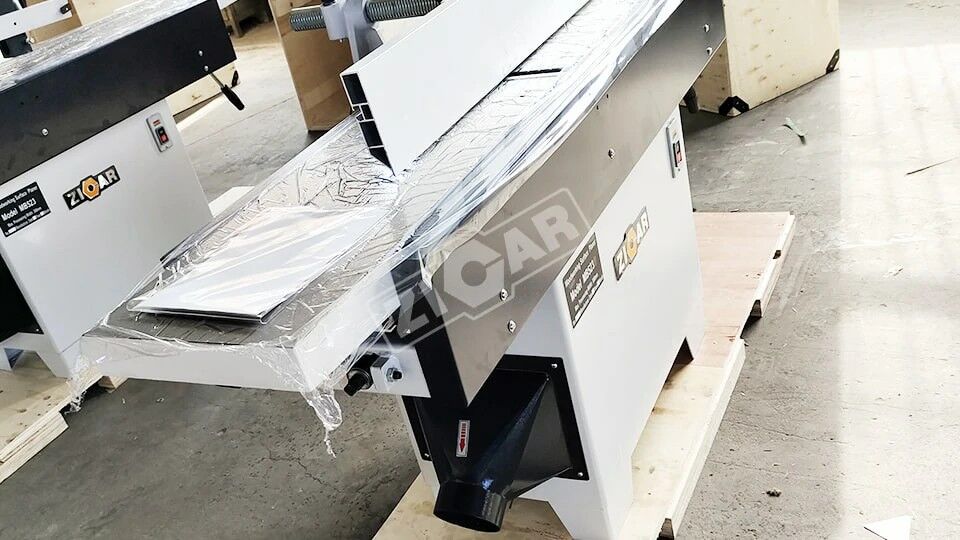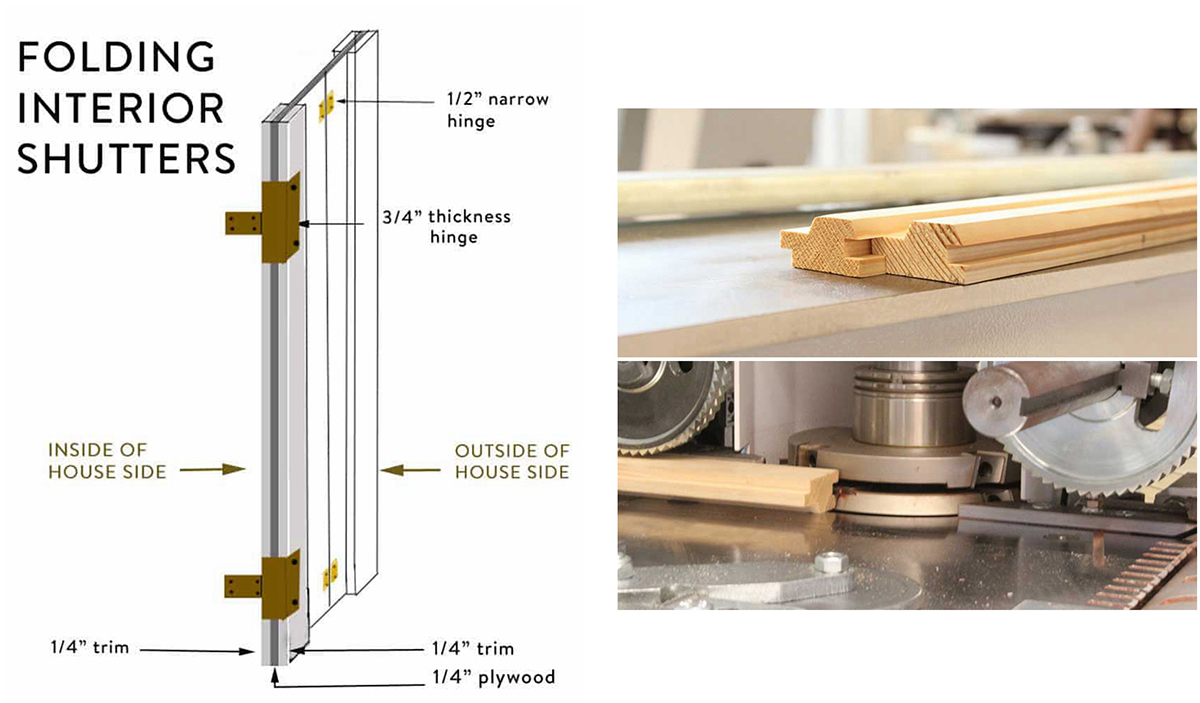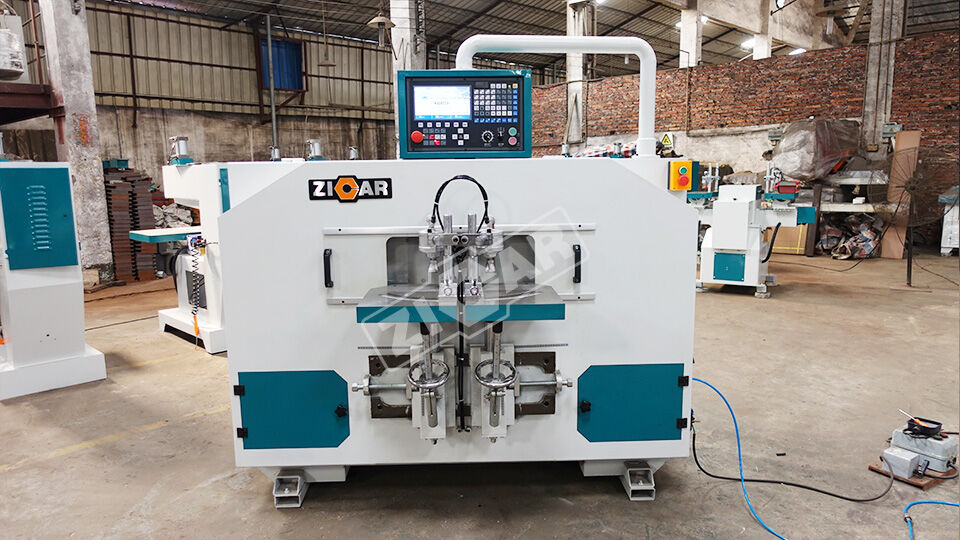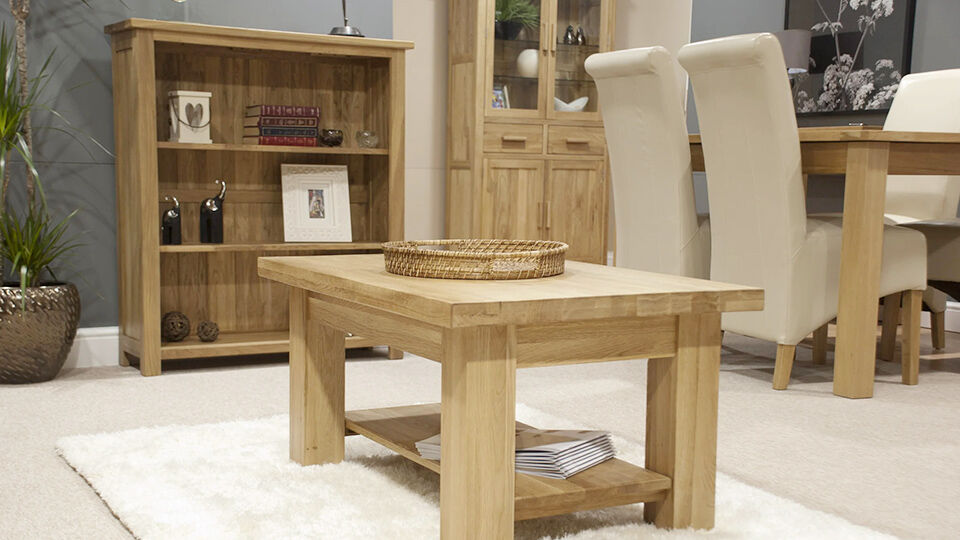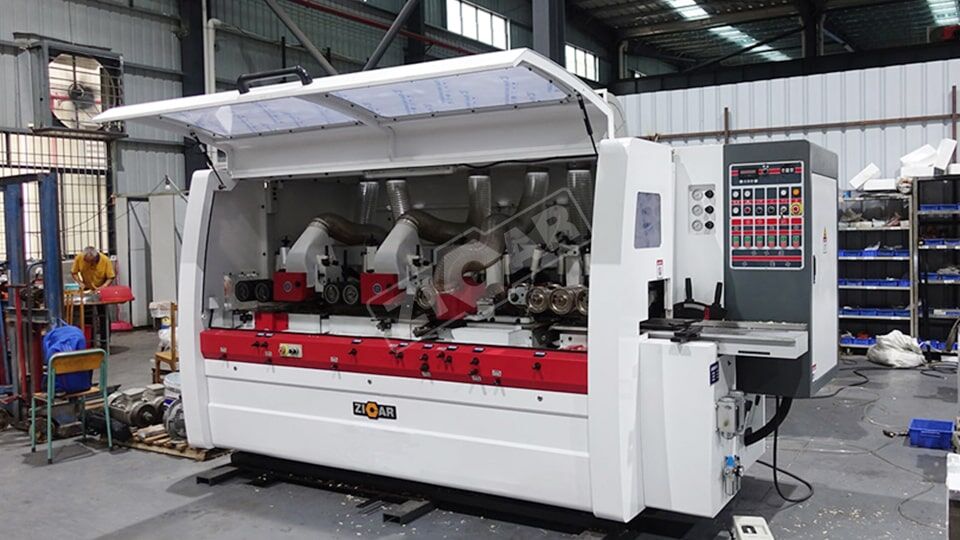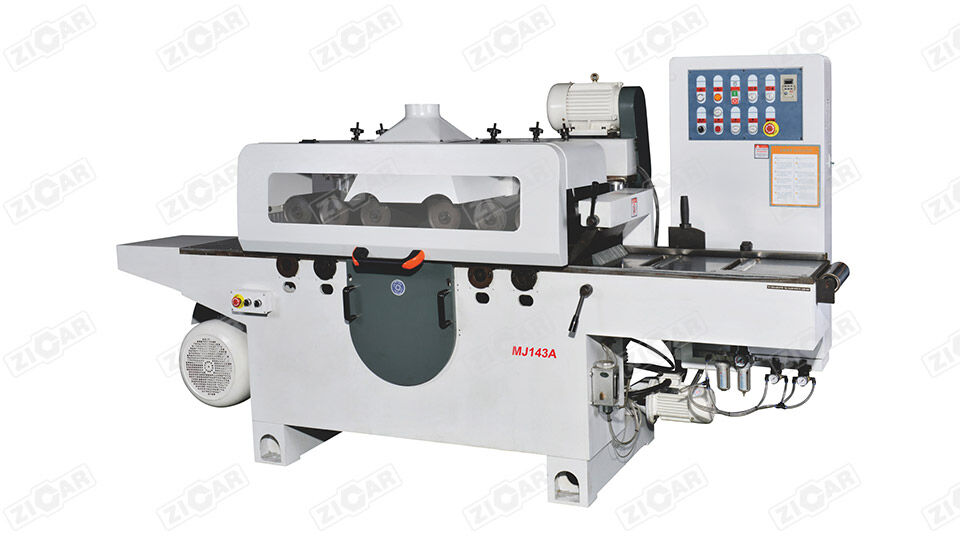Welcome to Jaya International Co., Ltd one-stop shopping solutions for large solid wood machinery
What does a jointer do? Do I need a Jointer?
Quick Guide
Of course, store-bought lumber already has flat surfaces and edges, if you're a beginning woodworker, they'll be more than enough for most purposes. Building high-quality furniture requires, however, need smoother, flatter, straighter edges than those on factory-milled wood, and for them, a jointer is essential. Jointer is also a handy tool for anyone who works with rough or reclaimed lumber.
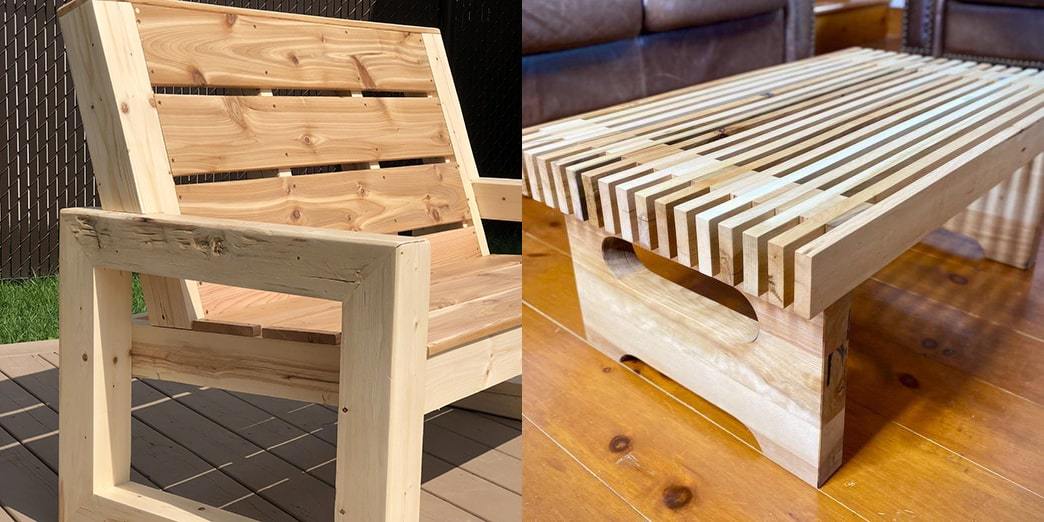
So you're wondering if investing in a jointer is really worth it? Well, I can tell you a jointer is so important to most any woodshop. Many woodworking sites, such as Popular Woodworking, often recommend the jointer as the first power tool for investing in a new or growing shop. If you are interested in understanding the value it can bring to you, I suggest you read on.
What is woodworking jointer used for?
Jointer is primarily used to create a smooth, perfectly flat surface and square edges on a piece of wood. The Jointer's blade takes care of any cupping, warping or twisting that rough wood may introduce, leaving a clean, flat surface. This is great for dealing with a crooked edge or twisted board.
In short, a jointer can save a woodworker a lot of time and effort by helping to create precise and professional-looking results.
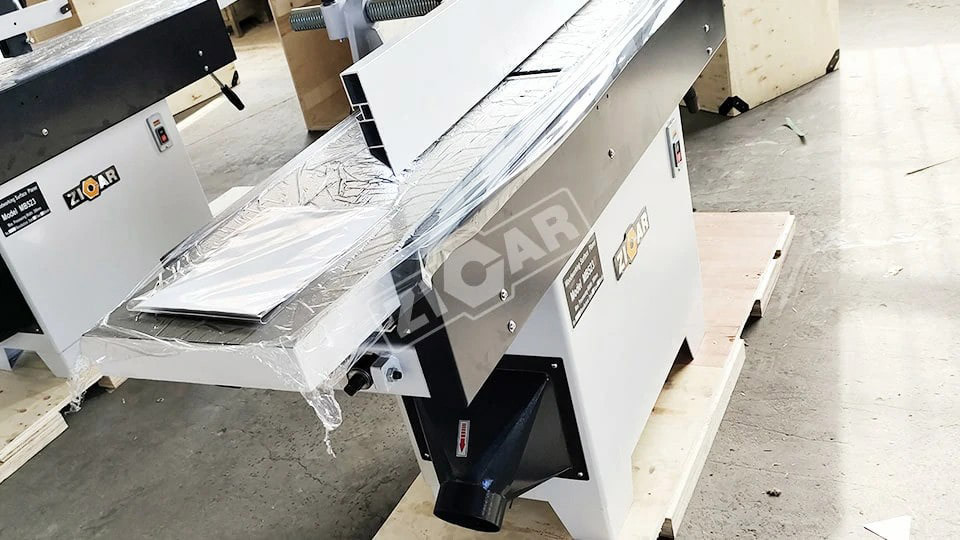
Do I need a jointer?
I went through the same decision-making process when I started woodworking and quickly found it a must-have tool. You might think that when you're just starting out in woodworking, simply purchase your lumber already milled in S3S or S4S. But even if you choose lumber already milled in S3S or S4S, it will often warp. But you'll not get anywhere building anything if you can’t guarantee a clean, 90% edge - face on a board. The jointer will correct any irregularities, ensuring the precision of your project. So, a jointer is indispensable in woodworking. If you have any notion to work with rough lumber, you should to consider getting a jointer.
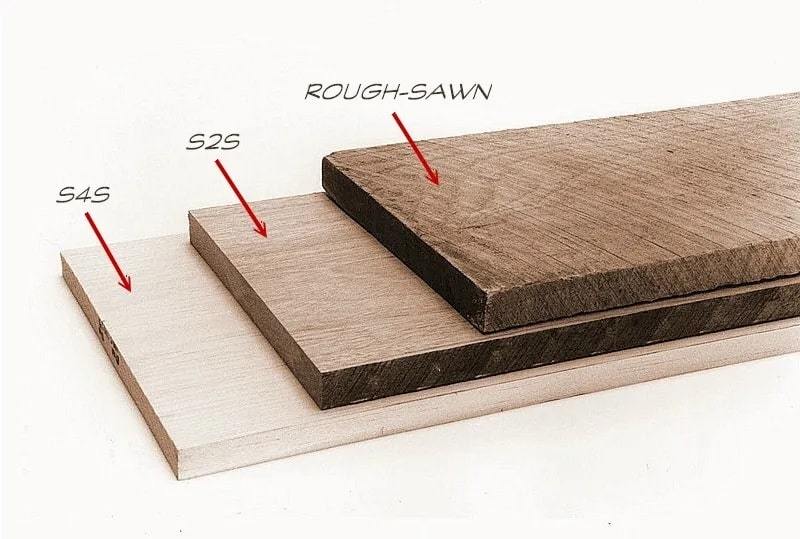
What value can jointer bring me?
(1) Save Money
Although the initial investment of a thickness planer seems high, in the long run, adding it to your shop could save you a ton of money. By having the ability to mill wood yourself, you can save a considerable amount of money by purchasing rough lumber rather than S3S or S4S lumber. Typically, S3S or S4S lumber is 30% to 50% more expensive than rough cut lumber.
(2) Create Level Boards And Square Edges
A major benefit of having a jointer is the ease of creating flat surfaces. You can use thickness planer or hand plane to flatten one side of the board, but that requires you to already have a flat surface. Without jointer, it‘s almost impossible to create flat surfaces out of thin air. In woodworking, the effects of an uneven surface can be absolutely disastrous.
In addition, jointer allow you to create square edges quickly and precisely. They are difficult to make by hand, but very important. In some cases, imprecise square edges can cause some really ugly joints in your project that not only look bad, but can also cause some serious issues over time.
One of those issues is caused when building table tops using lumber without square edges. Butting two pieces of wood like this against each other leaves a crack like shown below.
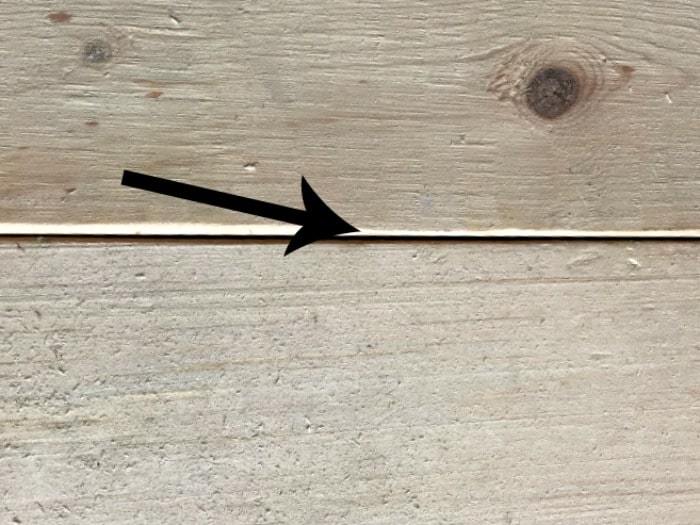
I call it crumb hoarding crack. You can get crumbs and spills stuck in these cracks and they're impossible to clean. Over time, this can cause damage to the wood and bacteria / mold growth.
You don’t want that on your table top!
(3) Consistent Results
If you have a jointer, you can consistently create sheets of the exact same thickness. This is critical if you are building furniture, tables, or any project that requires panel gluing. If you buy surfaced lumber from a big box store or local lumber yard, they may vary in thickness, which will cause problems for your woodworking project. Having your own jointer allows you to adjust the thickness for every board and create perfectly smooth flat surfaces and square edges for a more consistent result across your projects.
(4) Unique Applications
Having a jointer in your shop allows you to create some unique woodworking projects, using materials not available in big box stores. Many of our customers are using jointer to reclaim wood, which is a very profitable industry.
A jointer is a great way to take old wood from any source and give it new life. This dingy, scarred piece of decking retrieved from a dumpster became valuable vertical grain redwood after a few passes through the planer. I figure the high cost of quality lumber makes it worth it, even if it means replacing a $30 set of blades once in a while.
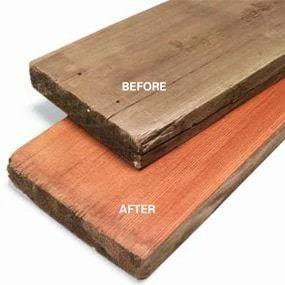
The only thing to watch out for if your using old wood is to remove any metal or small rocks, if not they will leave nicks on your blades. I usually just account for replacing my knife blades after I run a lot of old material through.
How to use a jointer?
Quick guide
1. Ensure Coplanar Tables
2. Square Up The Fence And knives
3. Know Your Length Limits
4. Depth Of Cut
5. Reading Grain
6. Proper Feeding Procedure
If you want to get a more detailed usage guide, please read this article:
How to use a jointer in 2023: step by step guide
What size jointer should I buy?
Most woodworkers only need a standard bed six inches wide and 28 to 36 inches long. You can opt for an eight-, 10- or 12-inch bed if you regularly flatten wide stock. If you regularly work with long boards, you may benefit from a bed that’s 48 or 72 inches long. But a standard bed works well for most purposes.
FAQ
(1) How do jointer and planer differ?
Both are wood-prep tools that take rough, raw lumber and transform it into smooth, ready-to-use material in the dimensions you need. Having both a jointer and planer makes your prep work easy, fast and, most importantly, consistent. Basically, your jointer will flatten and edge the wooden board, and your planer will make it the right thickness.
(2) Should I buy a jointer or a planer first?
Typically, both of these tools are used to process rough lumber, so they need to be bought together. But there are ways of truing edges on the table saw, so maybe the planer could be first.
Of course, you could skip both tools and do both jobs with a hand plane. (:-)
(3) Can I use a planer as a jointer?
Somewhat yes, a planer can be used as a jointer. A jointer creates a straight, square edge on wood boards, while a planer creates a consistent thickness throughout the board’s entire surface.
(4) Can I use a table saw as a jointer?
While not recommended, a table saw can be used as a jointer. This requires using creative techniques such as taping a straight edge to the lumber, acting as your first flat edge.
Related recommendations
Best quality, best service
Please give us a message
The More You Know Us, The More You Trust Us!
We trust that our experience and intimate knowledge of this line will entitle us to your confidence.
Email: sales@jayacn.com
Add: NO.216 Zhongkai Road, Qinshui Industrial Park, Muping District, Yantai City, Shandong China

